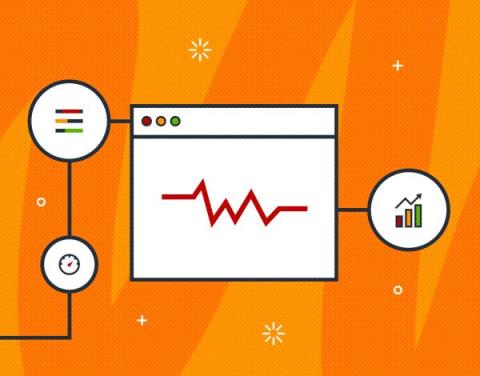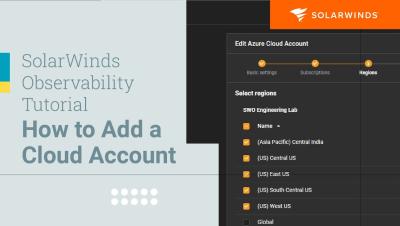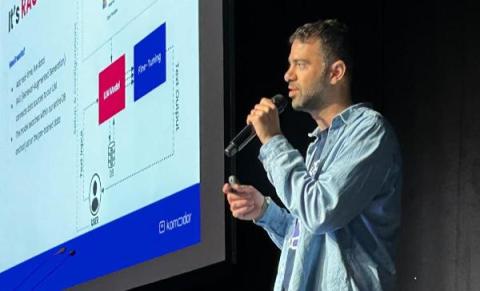Getting started with the Elastic AI Assistant for Observability and Microsoft Azure OpenAI
Recently, Elastic announced the AI Assistant for Observability is now generally available for all Elastic users. The AI Assistant enables a new tool for Elastic Observability providing large language model (LLM) connected chat and contextual insights to explain errors and suggest remediation.











